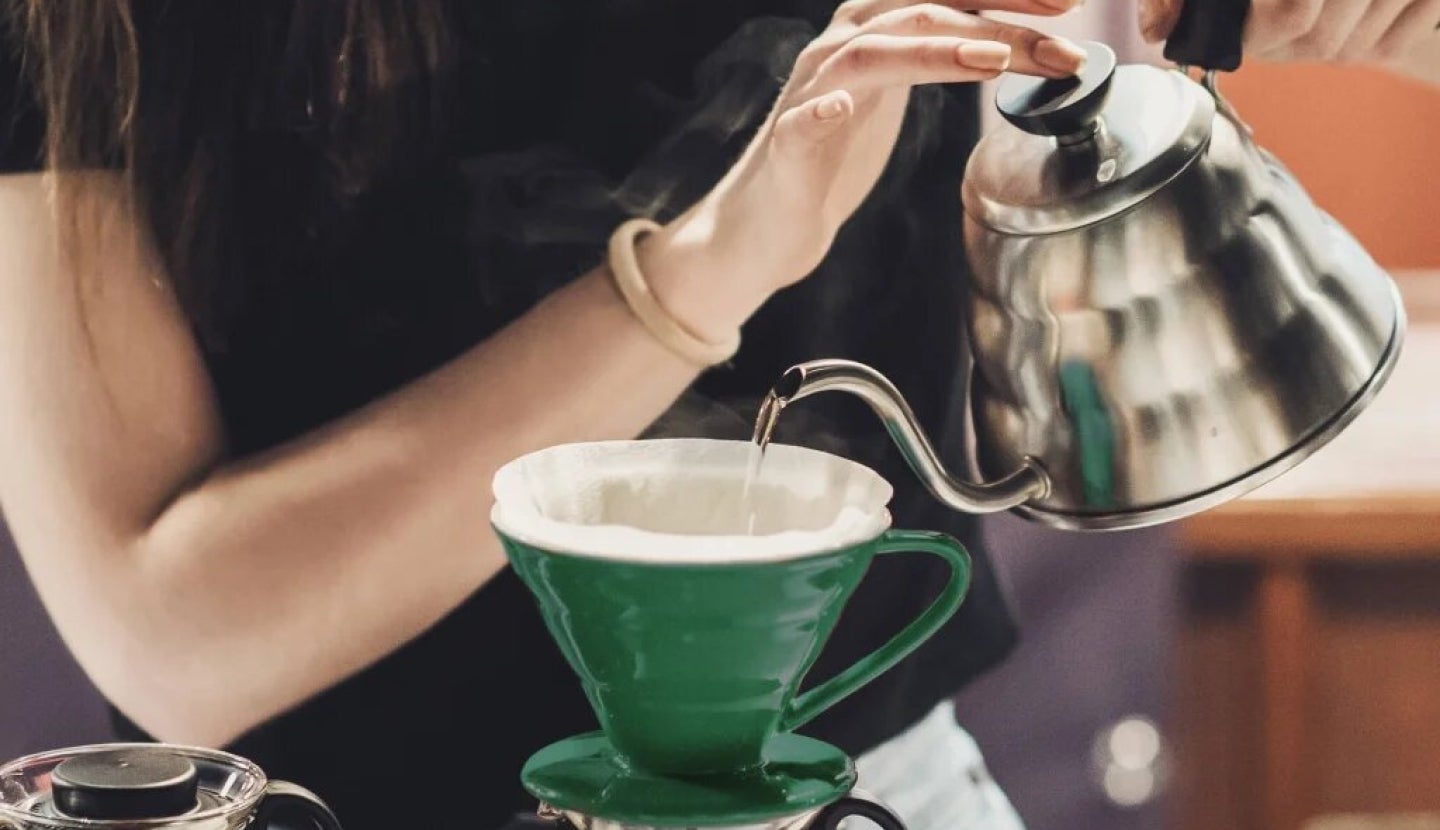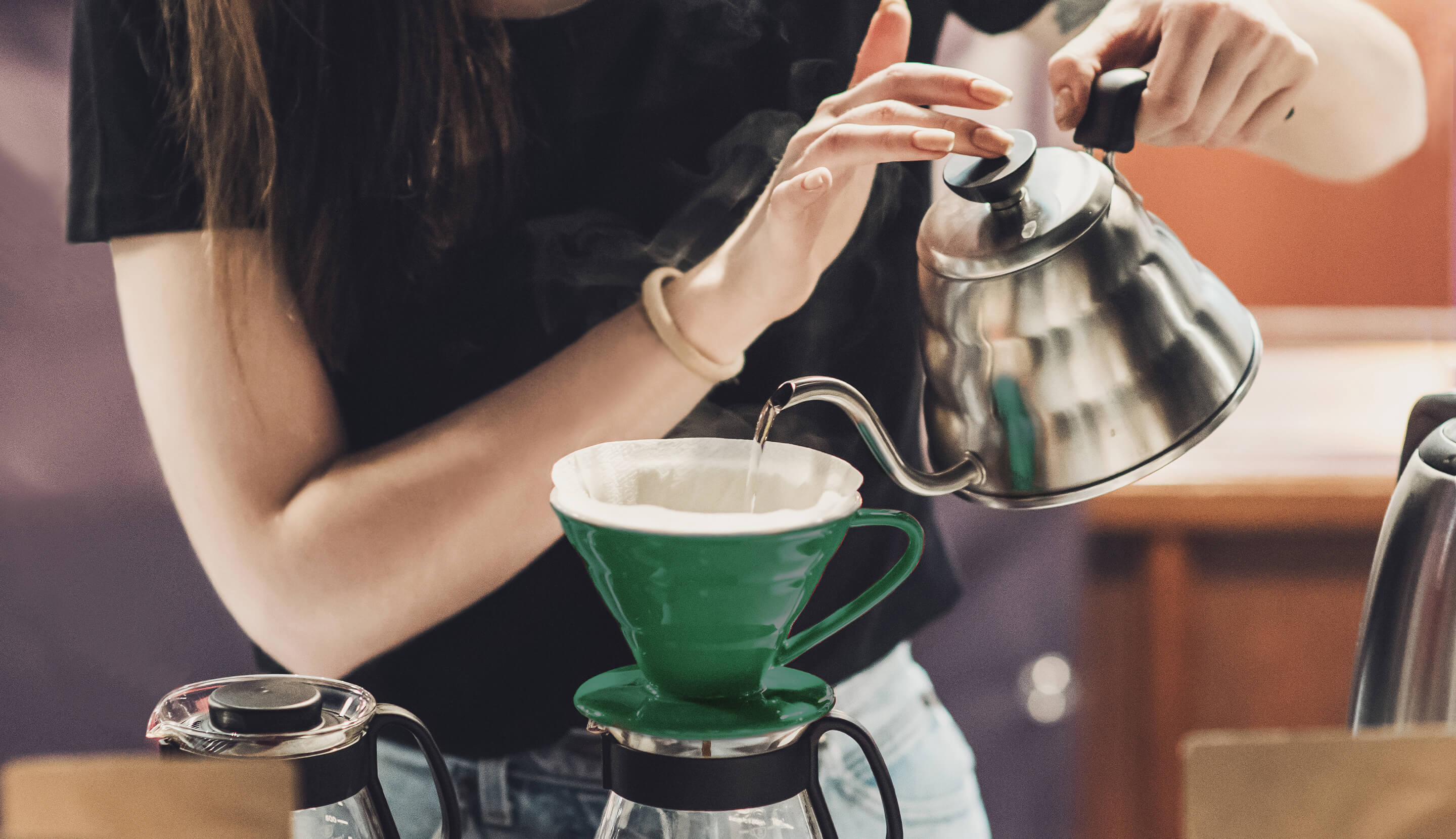COFFEE FLAVOUR
Flavour is how a coffee tastes, and at first it might be hard to put it into words. When describing flavour, start with the basics.
Maybe the coffee tastes sweet like chocolate or caramel. Maybe it has a livelier, fruitier sweetness like a cherry or raspberry. There may be sour flavours that make you think of lemon, grapefruit or even wine. You might detect flavours that are like nuts or vanilla.
COMPARING TWO COFFEES
Tasting coffee is all about comparing and contrasting. Experiment with these four characteristics and think about how you’d describe your coffee. If you need added inspiration, remember to take a look at the tasting notes on your favourite Starbucks® coffees.
Another great way to deepen your tasting experience is to compare two coffees. Take coffees from two different regions, for example, then see which is more bitter, which has more body, and how their aromas compare.
You could also compare the same coffee, made using two different brewing methods. You’ll soon discover that the brewing method you use contributes to your coffee’s taste characteristics.
As you explore and experiment with coffee, it’s worth taking time to really taste what’s in your cup. Along your tasting journey, you’ll discover your own unique likes and preferences and learn to talk about what you love and why."






